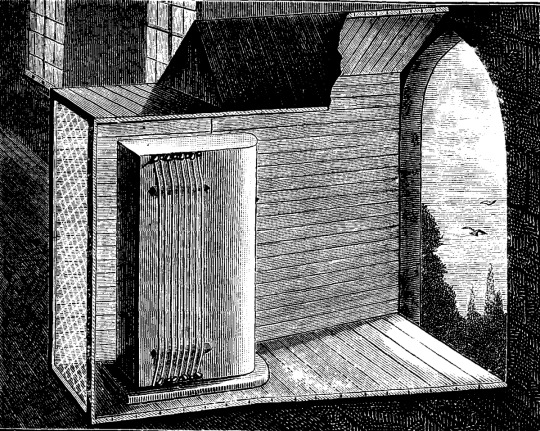Don't wanna be here? Send us removal request.
Text

Spaghetti Club
After school club since 2018
linktr.ee/spagclub
@spaghetti_clurb
0 notes
Text

James Ensor (1860 - 1949) L'âme de la musique (The Spirit of Music), 1940 / 1941 oil on canvas 29 x 22 3/5 inches (73.5 x 57.5 cm)
-
1 note
·
View note
Text

Stephen Willats Travelling with the Good Connector, 2019 Watercolour, ink, Letraset text on paper 27 1/8 x 54 in
The time tumbler is itself an unknown object and a speculative means of slotting new variables into lived reality. Although Willats’s British Museum project was ultimately never realised, and his time machine has not yet seen the light of day, an intriguing series of drawings emerged from these conversations. In diagrammatic works such as Passing Through the Time Tumbler and Re-mixing the Fragments, the time tumbler represents a function that triggers subjective and collective deviations from the dictates of linear time, scrambling and reordering the chaos of fragments that compose everyday experience. In our planned, clockwork world, we are all stuck inside time boxes which organise these fragments in a particular way, composing a normalised image of the present. But, at the same time, we are all potential time tumblers. – John Kelsey
0 notes
Text

September Orange Pavilion (part 2 of 7), 2023 Ink, graphite, photoshop file and png export Dimensions variable
1 note
·
View note
Text
Returning to the city after so many years away. From the train we watch the old graffiti go by. Most has faded and some has gone almost to nothing - these people are my age too. Where are they now? What do they do instead of writing?
.
1 note
·
View note
Text

William N. Copley, Ship of Fools, 1989, Courtesy of Sammlung Philara, Düsseldorf. © VG Bild-Kunst, Bonn. Photo: Eric Tschernow, Berlin. © William N. Copley Estate / Artists Rights Society (ARS), NY. Courtesy of the estate.
4 notes
·
View notes
Text

Kit tube amplifier built by Byron Smith for the Sono Tone Sound System in the late 1960s in Kingston, Jamaica, around the same time that Smith invented “versions,” giving rise to dub music. Sono Tone brought the amp to London in 1971, before relocating to the Bronx in 1974 where they ran their sound until about 1979. (via Boo-Hooray)
5 notes
·
View notes
Text

via DJ Food
3 notes
·
View notes





